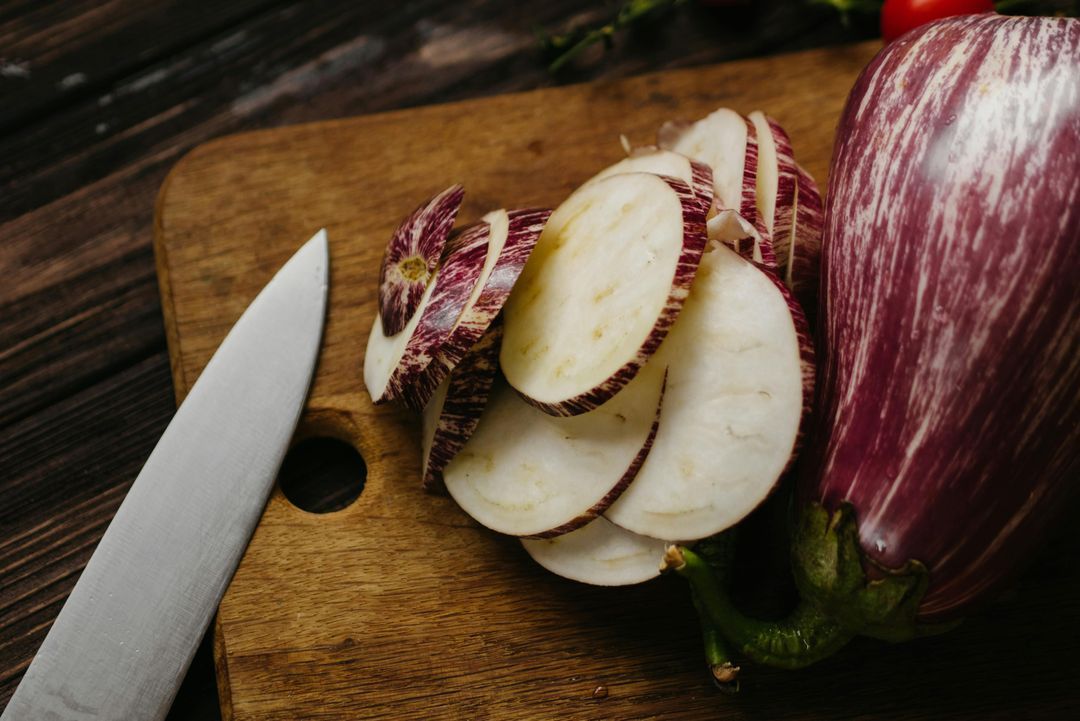Parmigiana: origins of the name between dialect, architecture, and gastronomic tradition

Eggplant parmigiana is one of the most famous dishes in Italian cuisine, often associated with the Emilia-Romagna region because of its name. However, its linguistic and geographical origins seem to point in a different direction. In this article, we analyze the main hypotheses regarding the etymology of the term parmigiana , focusing in particular on the one linking it to the Persian word.
#Parmigiana #HistoryParmigiana #OriginParmigiana #EtymologyParmigiana #ItalianCuisine #TraditionalCuisine #ItalianRecipes #ItalianGastronomy
#EggplantParmigiana #SicilianCuisine #NeapolitanCuisine #FoodCulture #FoodHistory #Persian #Parmiciana #FoodHistory #FoodAndDialects #CulinaryTradition #CulinaryLexicon #GourmetCommunity #ItalianFood #ItalianFoodHeritage
The “parmiciana” hypothesis: the reference to the shutters
One of the most consolidated theories in the linguistic and historiographical fields connects the term parmigiana to the Sicilian word parmiciana , which indicated the shutters : the typical shutters with overlapping horizontal slats.
This word is thought to derive from the Old French persienne , itself related to the adjective Persian, referring to a type of sunshade used in Persia (present-day Iran). Over time, this term has come to mean roller shutter or shutter with slats in Italian.
In the culinary context, the term parmiciana would have been used to describe the way the eggplant slices are arranged on the plate: one on top of the other , in a regular pattern, just like the slats of a shutter. The transition from parmiciana to parmigiana would represent a linguistic simplification , which occurred with the adoption of the term at the national level.
The other hypotheses: Parma and Parmigiano
Two more widespread interpretations, but today considered less well-founded, maintain that the name parmigiana derives from:
- Parmigiano Reggiano is the cheese often used in the modern recipe. However, historically, many regional versions used other cheeses, such as pecorino or caciocavallo , more common in Southern Italy.
- Parma , a city in Emilia. This hypothesis is also problematic: the earliest evidence of eggplant parmigiana comes from Sicily and Campania , where eggplant, tomatoes, and olive oil were abundant, and where the preparation of layered dishes was a well-known practice.
Historical and linguistic sources
In his cookbook Cucina teorico-pratica (1837), Ippolito Cavalcanti , a Neapolitan gastronome, describes a preparation similar to parmigiana. Other contemporary sources also mention dishes “alla parmiciana”, confirming the use of the term in Southern Italy as early as the Bourbon era.
Treccani , the Great Dictionary of the Italian Language and various linguistic scholars maintain that the “Persian” hypothesis is coherent from an etymological point of view , even if there is no definitive proof.
Conclusions
The origin of the term parmigiana seems to be linked more to the way the dish is prepared than to its geographical origin or specific ingredients. The theory of parmiciana as a visual and lexical reference to Persian cuisine is now considered one of the most plausible explanations.
It is therefore correct to say that eggplant parmigiana has southern origins and that its name does not necessarily derive from Parmigiano Reggiano or the city of Parma.
Recommended reading
- Ippolito Cavalcanti, Theoretical and Practical Cuisine , Naples, 1837
- Giovanni Alessi, History and Culture of Neapolitan Cuisine , Liguori Editore
- Italian Academy of Cuisine, Italian Regional Cuisine
- Word parmigiana – Treccani Online Dictionary

flavio_campaniolo
Data di inserimento 03 giu 2025
Report article


Comments
There are no comments yet.